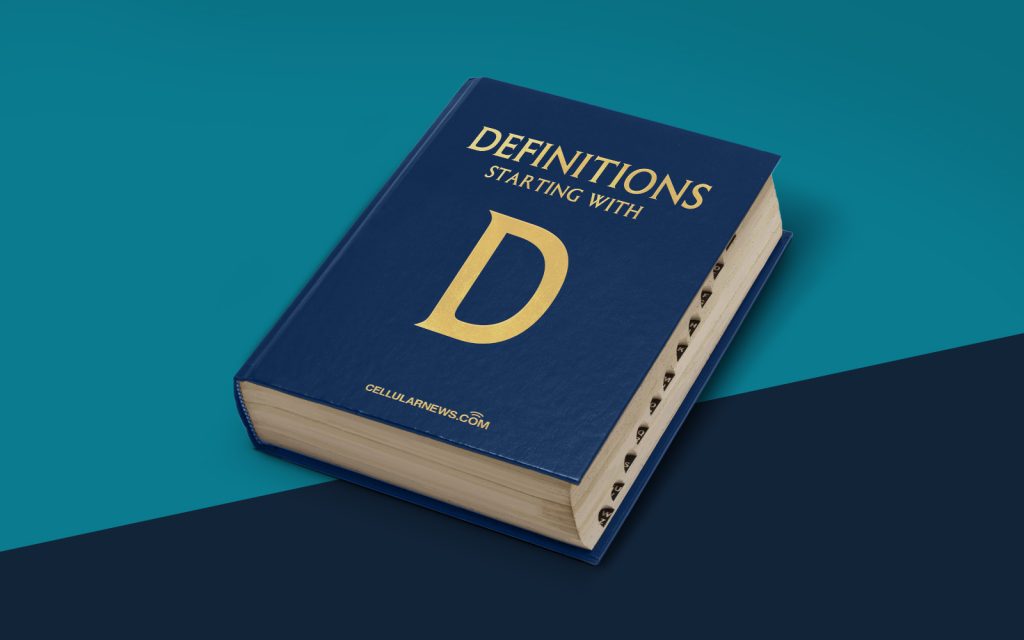
Gaining Clarity on Dublin Core (DC)
Welcome to the “Definitions” category of our page, where we dive deep into various terms and concepts related to the ever-evolving field of technology. In this blog post, we unravel the meaning and significance of Dublin Core (DC), a metadata standard that helps categorize and organize digital resources. Whether you’re a beginner or an experienced professional, understanding Dublin Core is crucial in managing and optimizing your online content.
Key Takeaways:
- Dublin Core (DC) is a widely used metadata standard for describing digital resources.
- It provides a set of vocabulary elements that enable uniform resource description and efficient classification of digital content.
So, what exactly is Dublin Core and how does it impact the digital world? Let’s break it down:
Defining Dublin Core (DC)
Dublin Core (DC) is an open standard for metadata, which means it is a universally accepted format for describing and categorizing digital resources. Developed by the Dublin Core Metadata Initiative (DCMI), it provides a structured set of vocabulary elements that enable efficient metadata description and classification. In simple terms, Dublin Core helps create consistent labels and tags for digital content, making it easier to organize, search, and discover information.
Think of Dublin Core as a language that allows computers and search engines to understand and interpret the characteristics of digital resources. It goes beyond just describing the content itself; Dublin Core metadata can include information about the author, date of creation, subject, format, and other properties that give context to the resource. This standardized approach to metadata ensures interoperability and facilitates resource discovery across various platforms and systems.
The Significance of Dublin Core (DC)
Now that we know what Dublin Core is, let’s explore why it holds such significance in the digital realm:
- Uniform Resource Description: Dublin Core provides a common framework for describing digital resources, allowing creators to consistently label and define their content. This uniform resource description makes it easier for search engines to index and retrieve relevant information, enhancing the discoverability of your website or digital collection.
- Interoperability: By adopting Dublin Core, institutions, libraries, and organizations can ensure compatibility and seamless integration of their resources with other systems. This standardization eliminates the need for time-consuming custom mappings and transformations when sharing or consolidating metadata across different platforms.
As we navigate the ever-expanding digital landscape, Dublin Core (DC) plays a vital role in structuring and organizing information. By embracing this metadata standard, you empower your content with enhanced visibility, accessibility, and adaptability.
And that concludes our exploration of Dublin Core (DC)! We hope this blog post has shed light on the importance of this metadata standard in the realm of digital resources. Stay tuned for more informative articles in our “Definitions” category, as we continue unraveling the fascinating world of technology.
